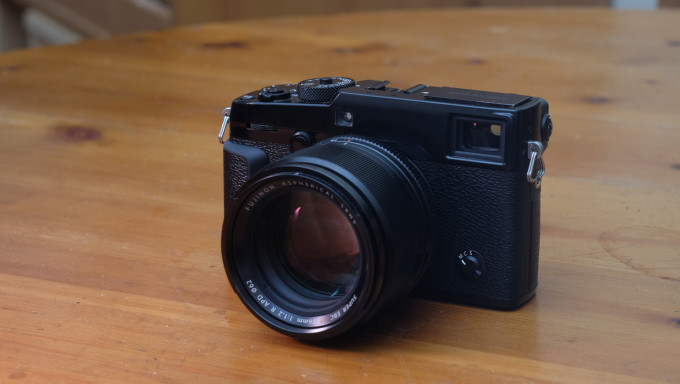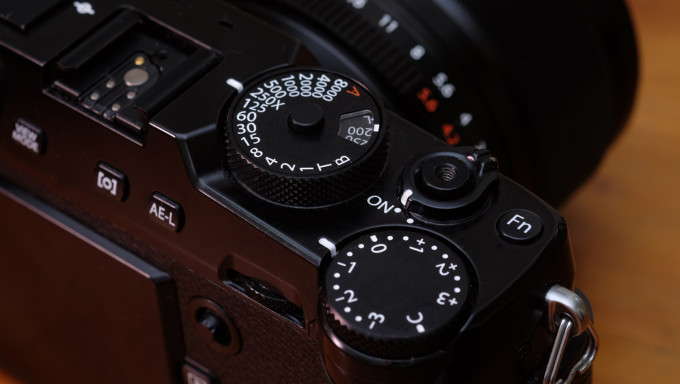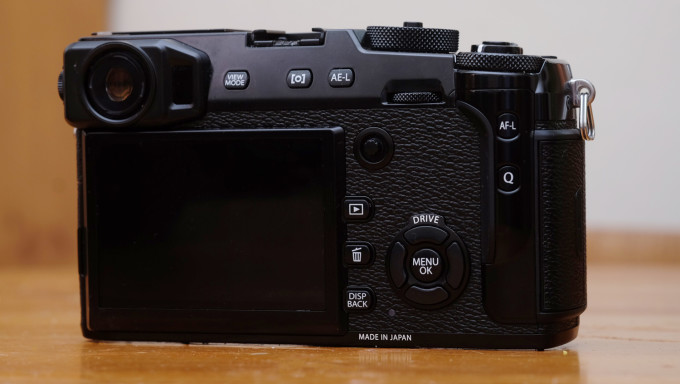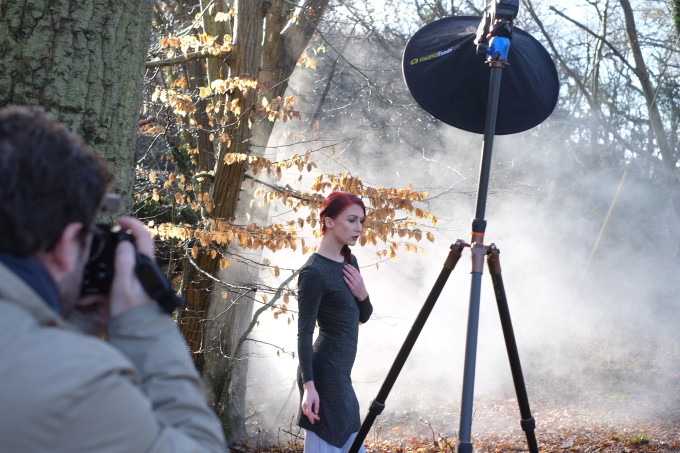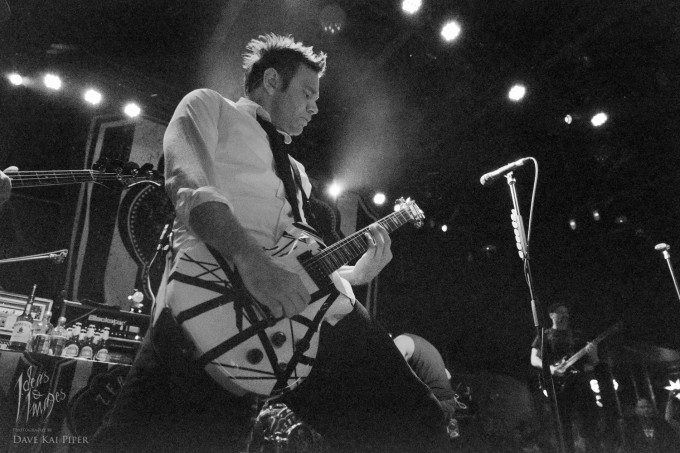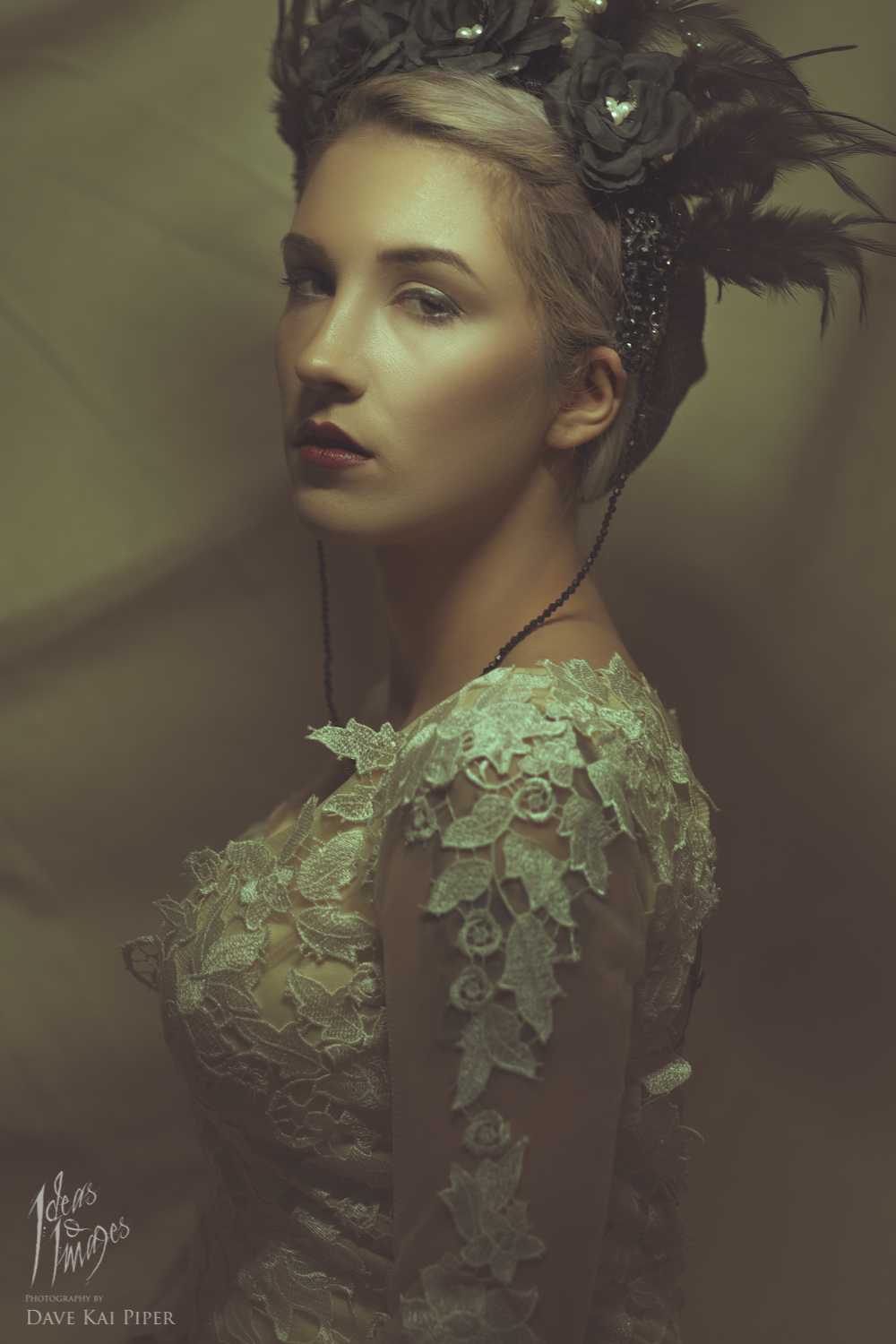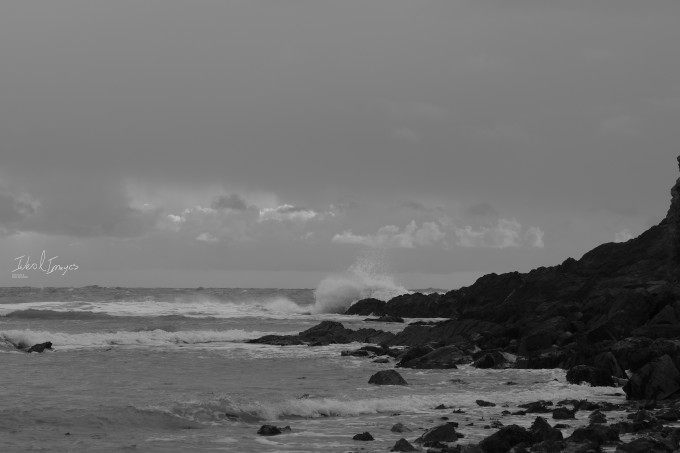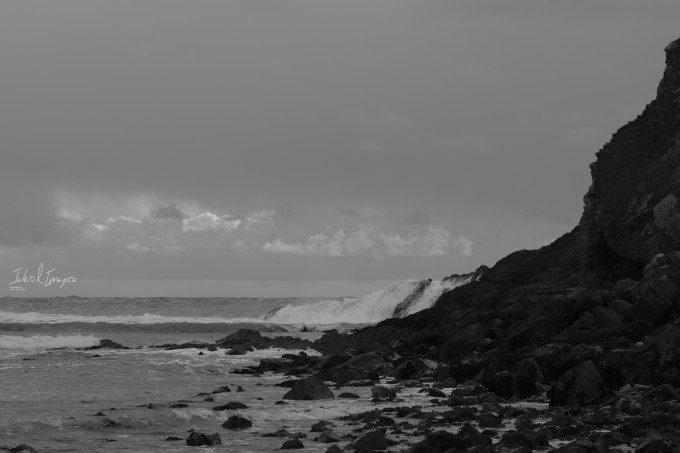Last Updated on 04/11/2019 by Chris Gampat
This is a syndicated blog post from Ideas and Images. All images and content are being published with permission from Dave Kai Piper.
When you have a new camera to play with, there are few better people to ring up, invite over and shoot than the wonderful Rachel Bowler.
By no means is this a review of the FujiFilm X-Pro2 – just a first impression of the camera during a shoot and files from it.
There will be one coming in a day or so, but I wanted to just document my first hands on shoot with the new camera. Please note that the camera I that I’m using in this is a prototype that I received directly from Fujifilm Japan. I received this camera in October 2015.
Firstly, I love and still love my X-Pro 1. It was the first Fuji camera I had and if this updated version is going to come close to being a more loved thing in my camera bag it has some pretty big shoes to fill.
Stuff will want to know:
Was it worth the wait ? Yes.
Sensor: A new 24.3mp X-Trans Sensor called the X-Trans CMOS III
New Processor: New high-performance X Processor Pro image processing engine.
Better than the X-T1 ? – it’s a different camera, but.. for me…. yes… 100%
Focusing: Fast and smooth.
Things I like: Size, weight, feel, handling, speed, duel SD cards & image quality.
Speed: top speed of 1/8000 sec. and flash sync up to 1/250 sec.
Video: 1980×1080 @ 60p – Rolling shutter sorted……
Film simulation: New Arcos mode – Great Monochrome
ISO: I used an image at ISO51200 the other day….
It’s been 5 years now since Fuji first launched the X-Series and in many ways the launch of the new flagship camera marks the company’s next step forward.
In the hand there are very few major changes from the first camera to the second evaluation. If you are a Fuji fan it will be very hard to find fault with this updated, slicker, faster and evolved version of a camera that change photography for many people like my self. Up untill a few months ago I was a DSLR & CSC user. I carried both in my Peli case when working. The X-T1 bridged the gap from fun to work with the very wonderful D800 looking after shoots that needed a larger file. Since the upgrade from 16mp to 24mp, I have the confidence & camera to just carry Fuji cameras 90% of the time. The 10% would be when I am using the Pentax 645z in the studio for large print client work.
Something that I was keen to check up on quickly was the video on the X-Pro2. I have been using a Panasonic GH4 for a while and I was really hoping that the Fuji would offer up something to enable me to have a single system set up which gave me high quality video too. They solved the rolling shutter problem and the camera does give out very high data rates, but does not give 4k, which is totally fine for me though as Full HD at 60fps progressive is totally fine for me.
There is loads to love about the new camera. I like how they kept the the structure of the X-Pro . They kept the things that worked and updated the rest. The camera is now fast, very fast. (Start up time 0.4 seconds, Shutter Lag 0.05sec, AF Fastest 0.06secs). We have duel SD card that can handle the SDHC-II Cards giving potential write speeds of 240MB/s with the Toshiba cards I use. This means lots of fast safe storage.
Sync Speeds are now at 250th & the max shutter speed is up at 8000th. We have an electronic shutter in the camera now too giving the added benefits that that brings too. ISO performance is jaw dropping. I was shooting a band the other week and was getting images at 51,200 that I did like and did use. Auto Foucs was great and had all the things we have come to expect such as peaking etc. Even in low light the camera did a great job.
Video with the new X-Trans 3 is far better than the sensor in the X-T1. There seems to be much less rolling shutter and far higher bitrate coming off the sensor. Although the GH4 can film at 4k, the full HD footage of the Fuji seems to match the full HD footage coming off the GH4. When it comes to shooting the footage the GH4 is still so much easier to use but video is just not what the new flagship Fuji is all about. The stills from this camera are just what I have come to expect from Fuji. They still have the tones and feel that Fuji fans have come to love but with the new 24mp sensor there is just more to love.
As stated – I will be doing a fuller blog & some deeper thoughts about this new camera, but for now – check out this video shot part on the Panasonic CH4 & part on the FujiFilm X-Pro 2
An Afternoon with Racheal Bowler from Dave Kai Piper on Vimeo.
The way skin tones come off the new sensor is wonderful. When ever I get my hands on a new camera or a new sensor the litmus test for me is always how well the pixels stand up to editing. The Megapixel count does not always translate into bigger being better, so I was quite interested to see if the higher pixel density of the X-Pro2 over the X-T1 was going to really translate into better IQ & if this would present any differences during the editing phase.
In real life the X-Trans 3 files are a joy to edit. I had to use a Japanese version of SilkyPix to convert the files into TIFF as I was using a pre-release camera. From there I took the 16bit TIFF into Lightroom then Photoshop.
The raw RAF files are approx 18mb to 28mb.
Full Size JPEG’s are about 8mb to 12mb
Converted 16bit TIFF’s got to about 60mb
I have an on going towel project which is just the simple concept of photographing people wearing simple white towels. These images worked so well in colour I wanted to show them before I have converted them and added them to the gallery.
If you want to model for part of this project – send me a message via my Facebook Page.
These images were taken on the X-Pro 2 using the XF50-140mm
- 1/125th — f5.0 — ISO 320
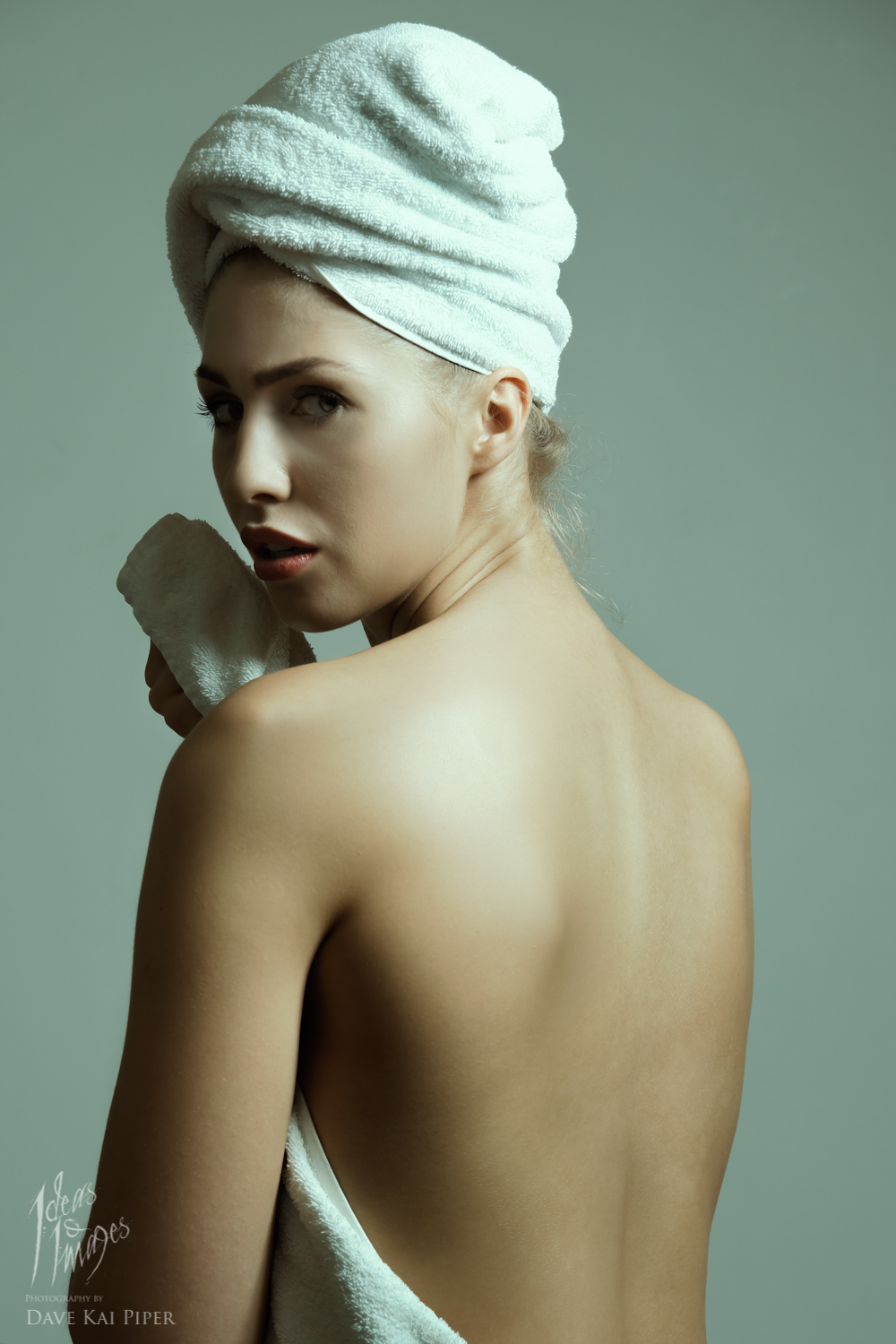
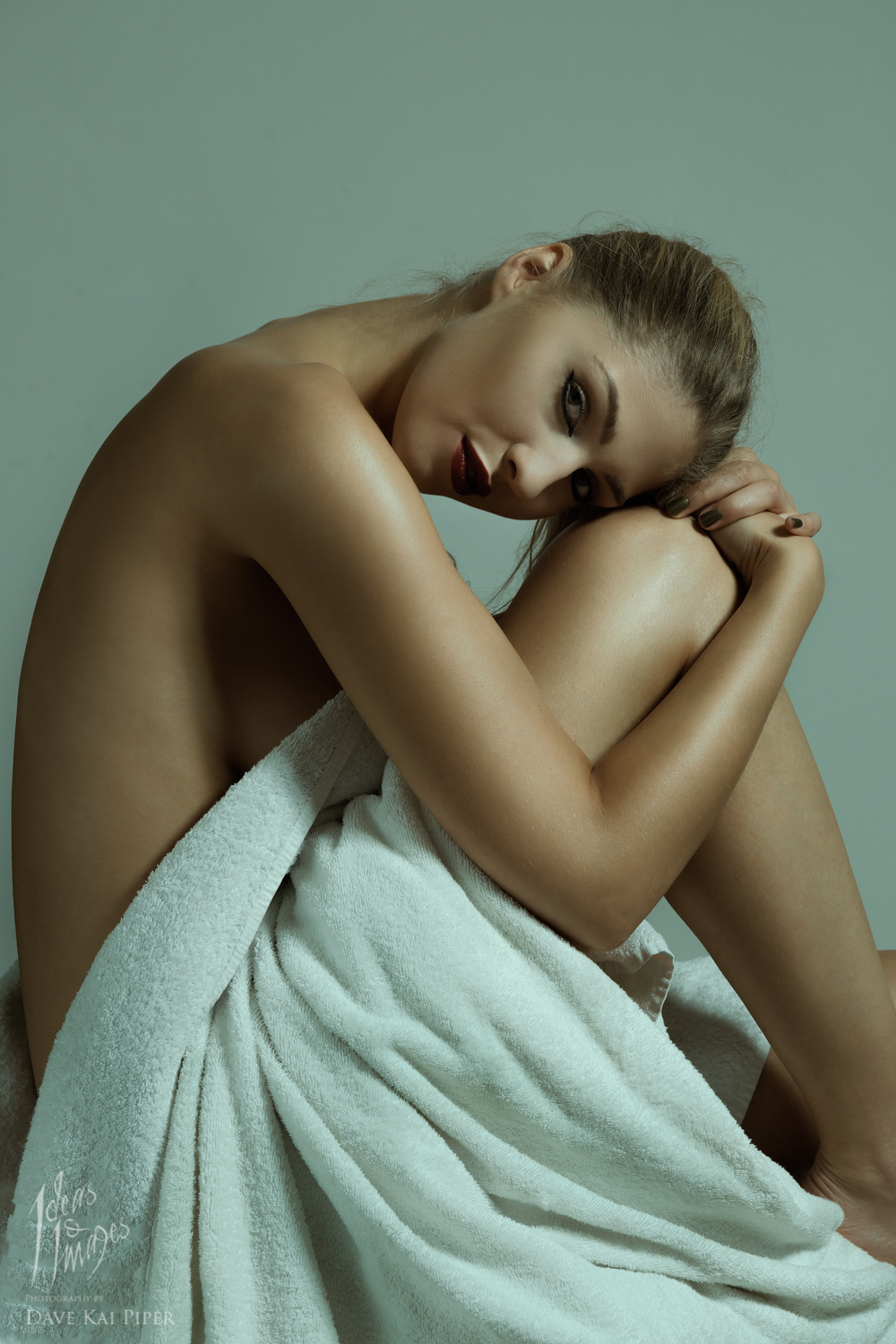
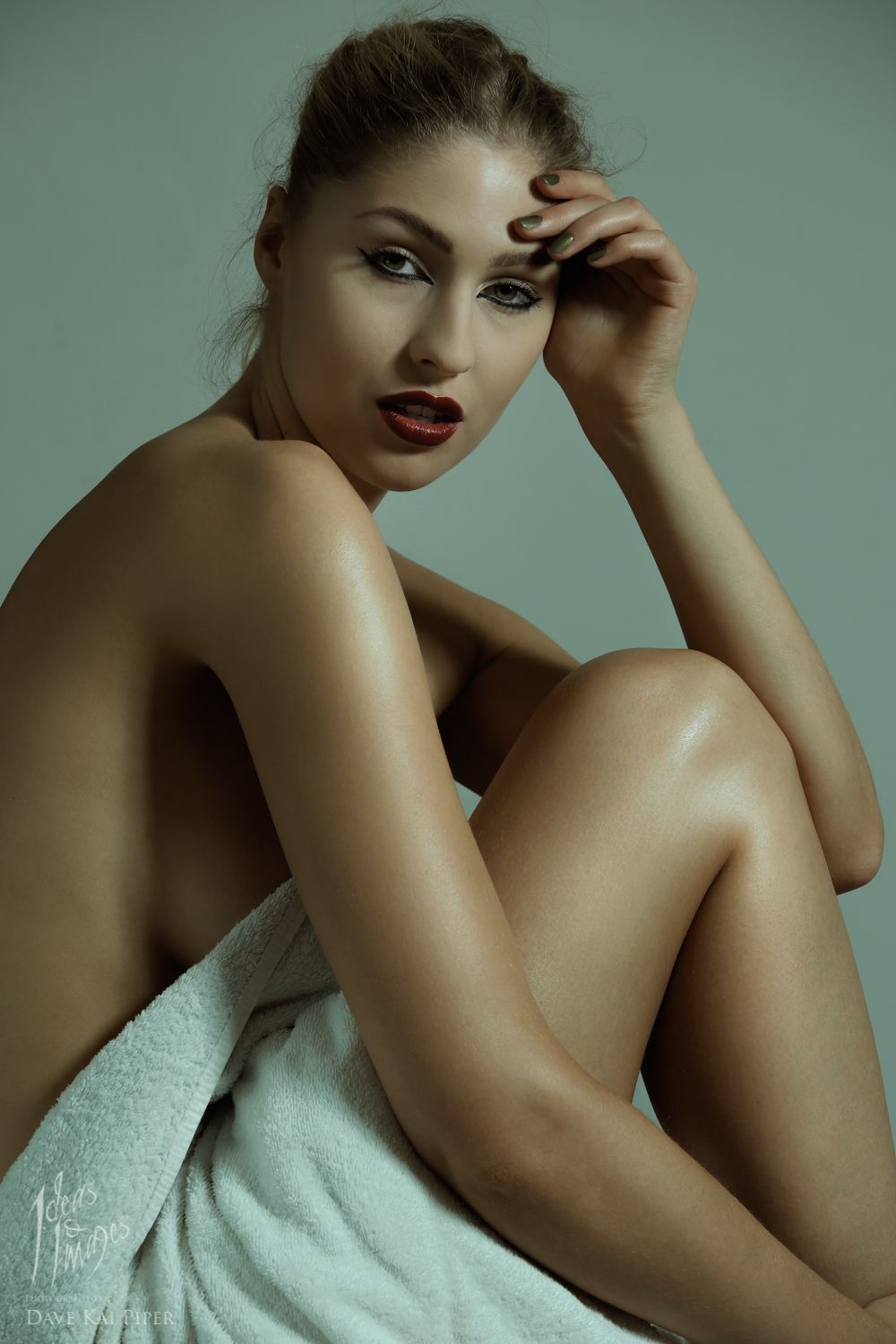

Here are more from the X Pro 2
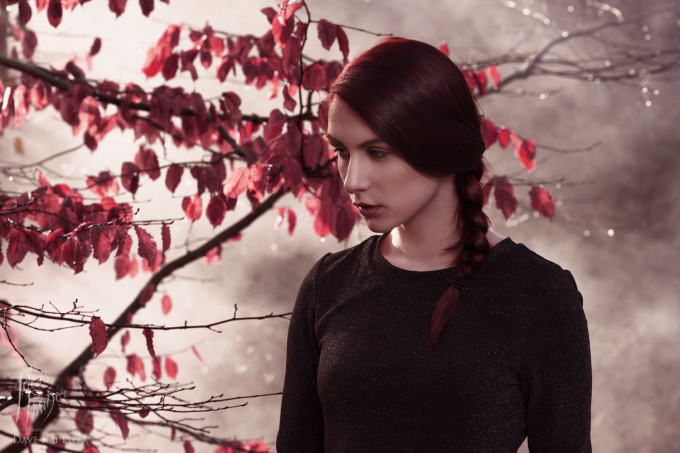
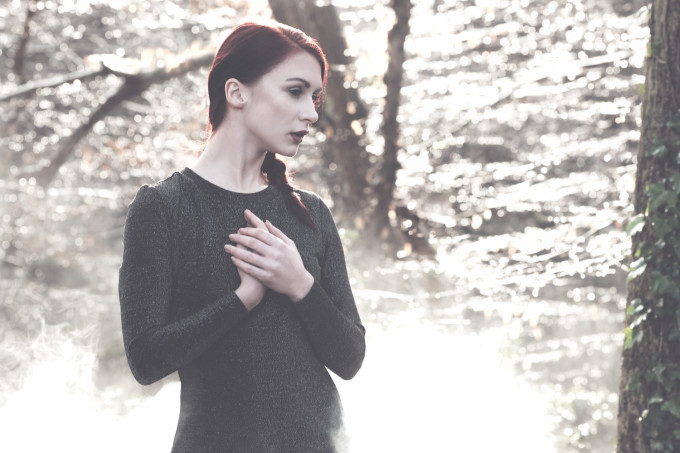
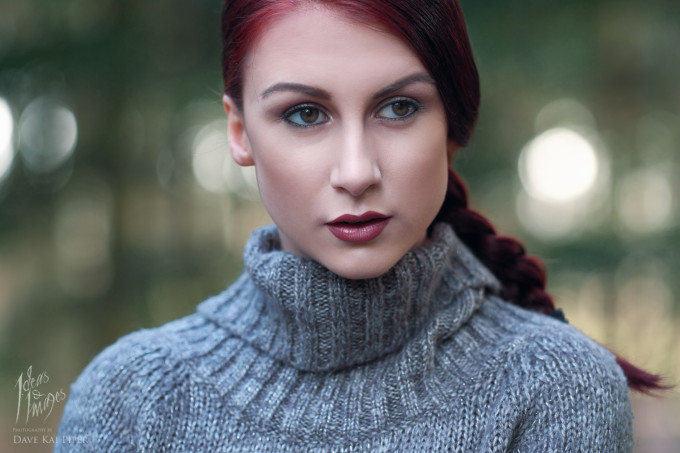
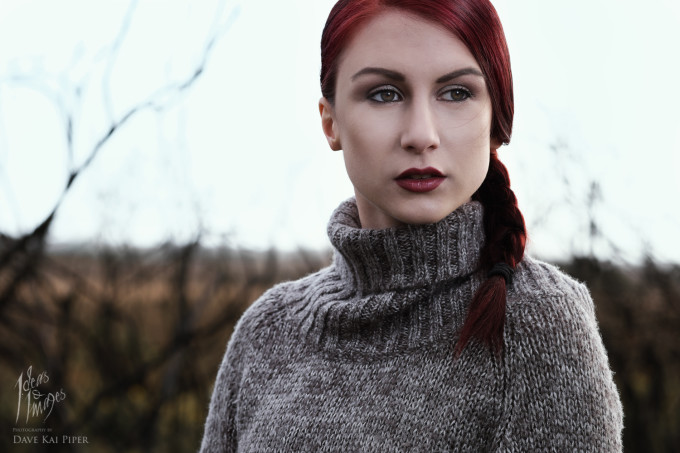
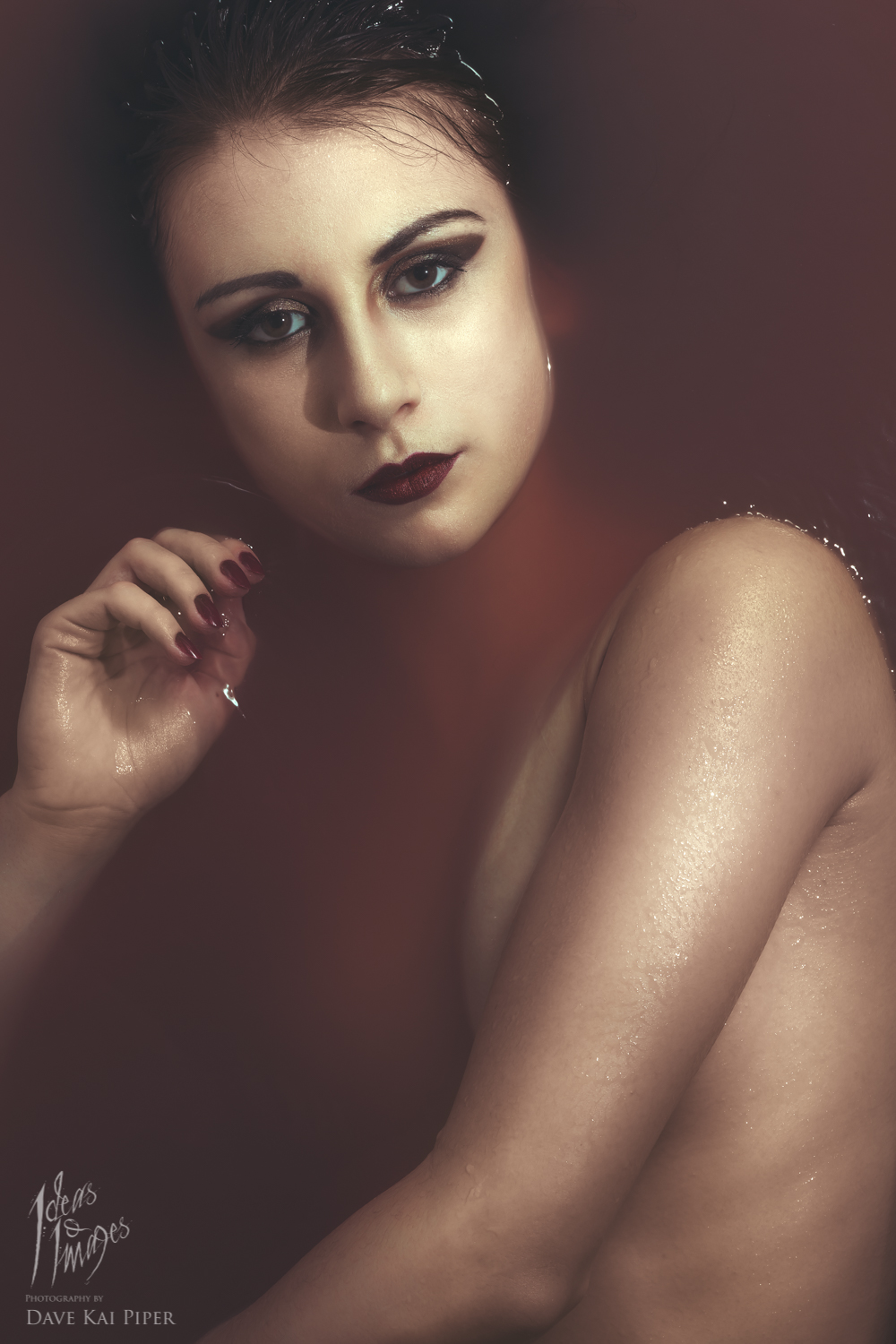
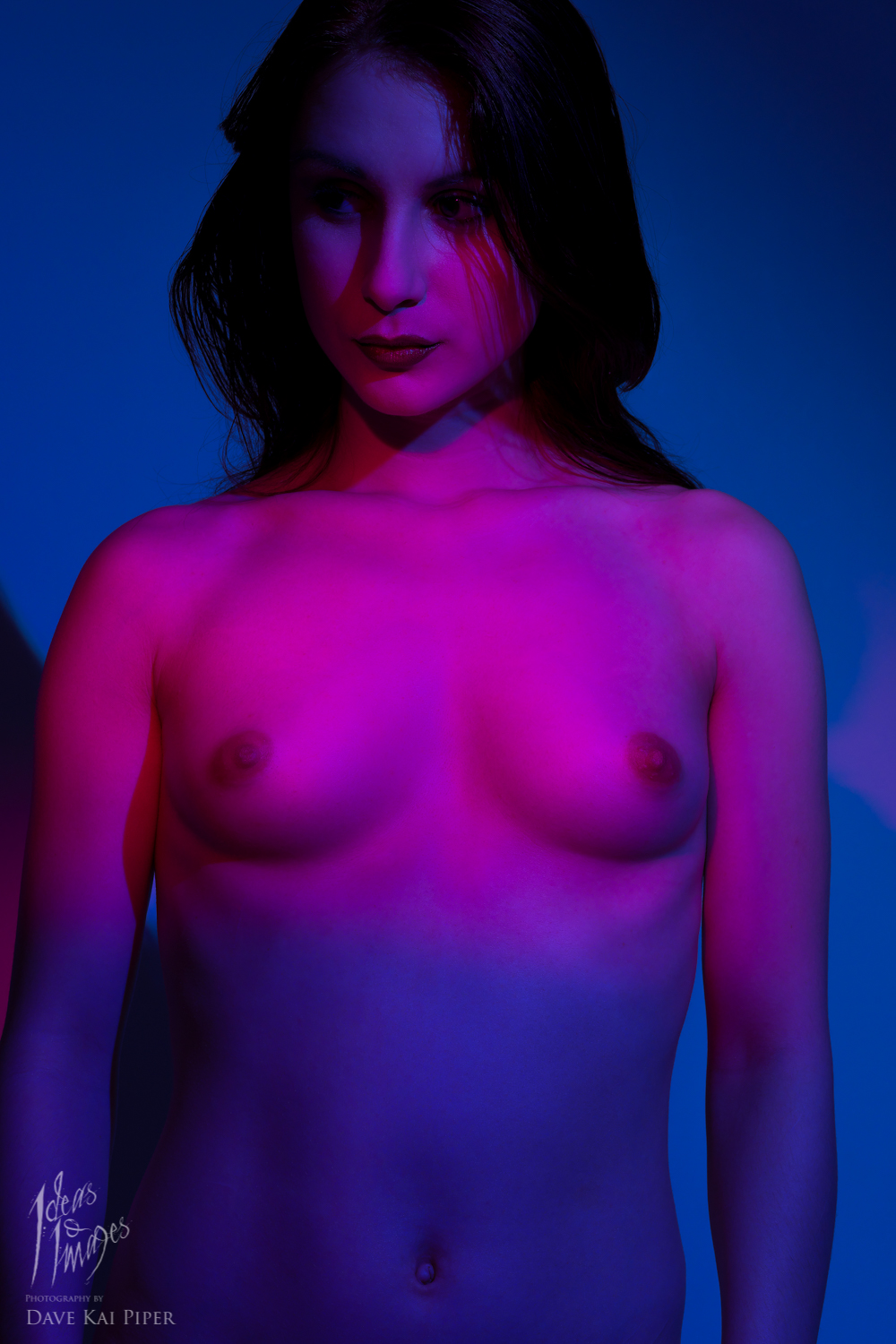
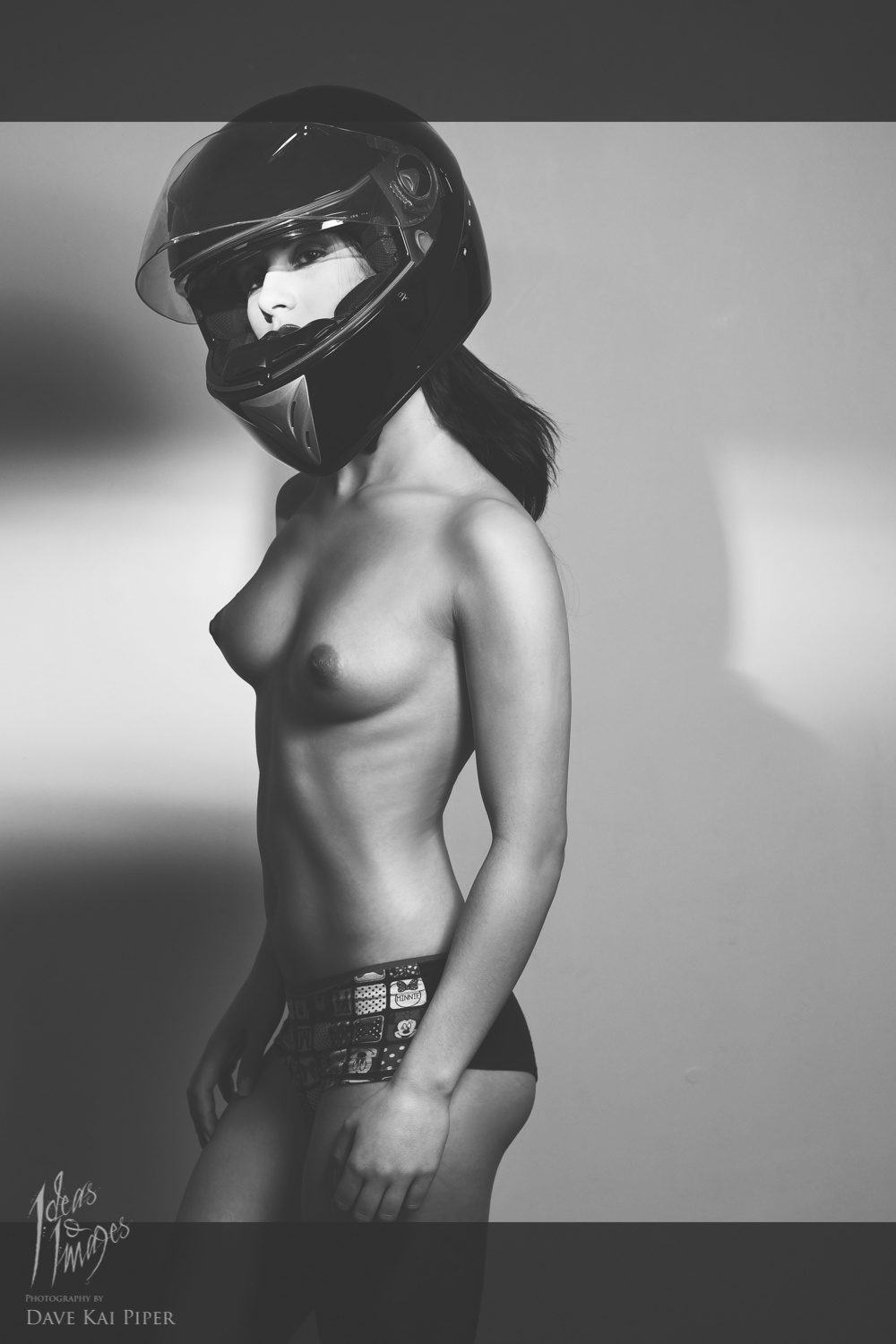
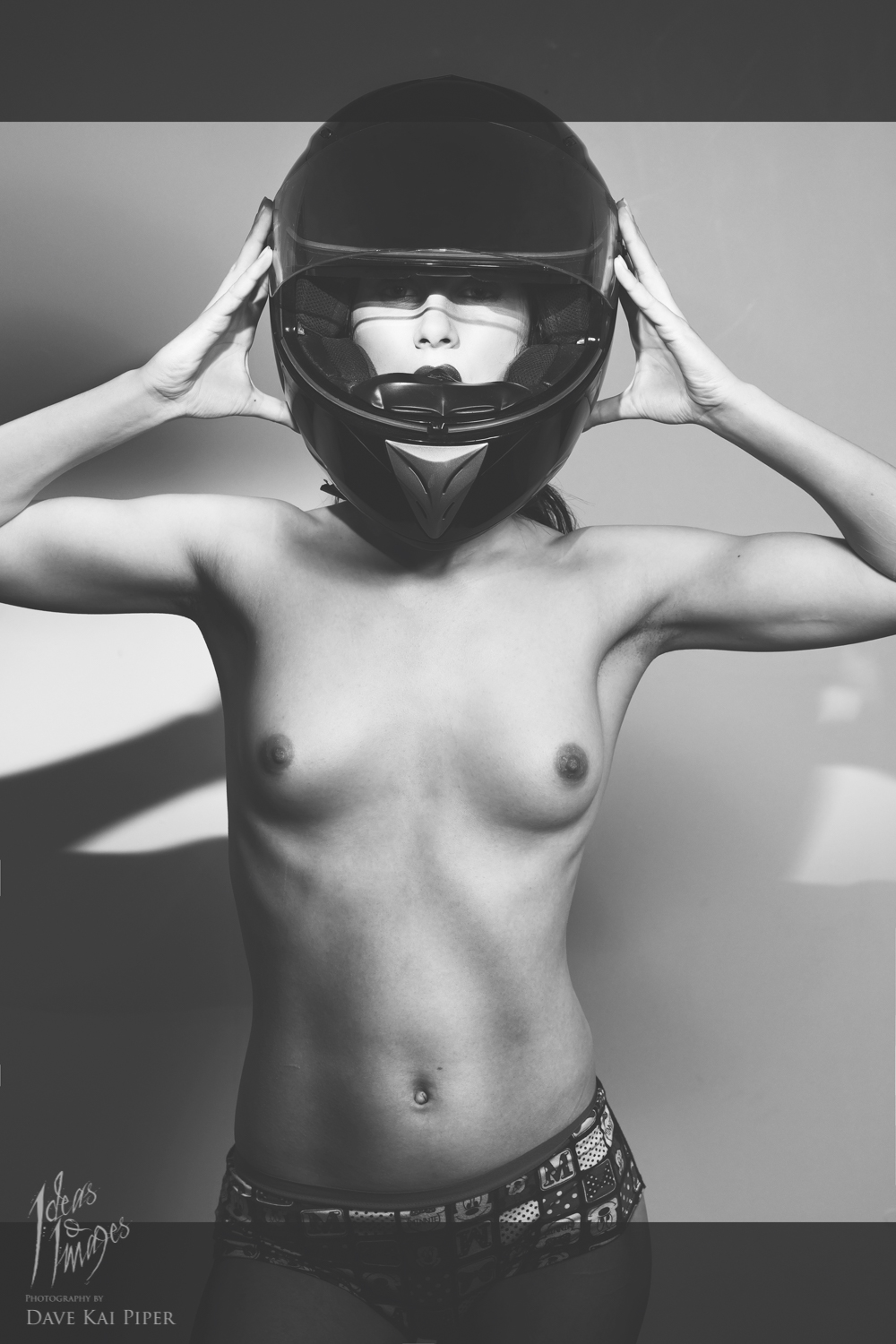
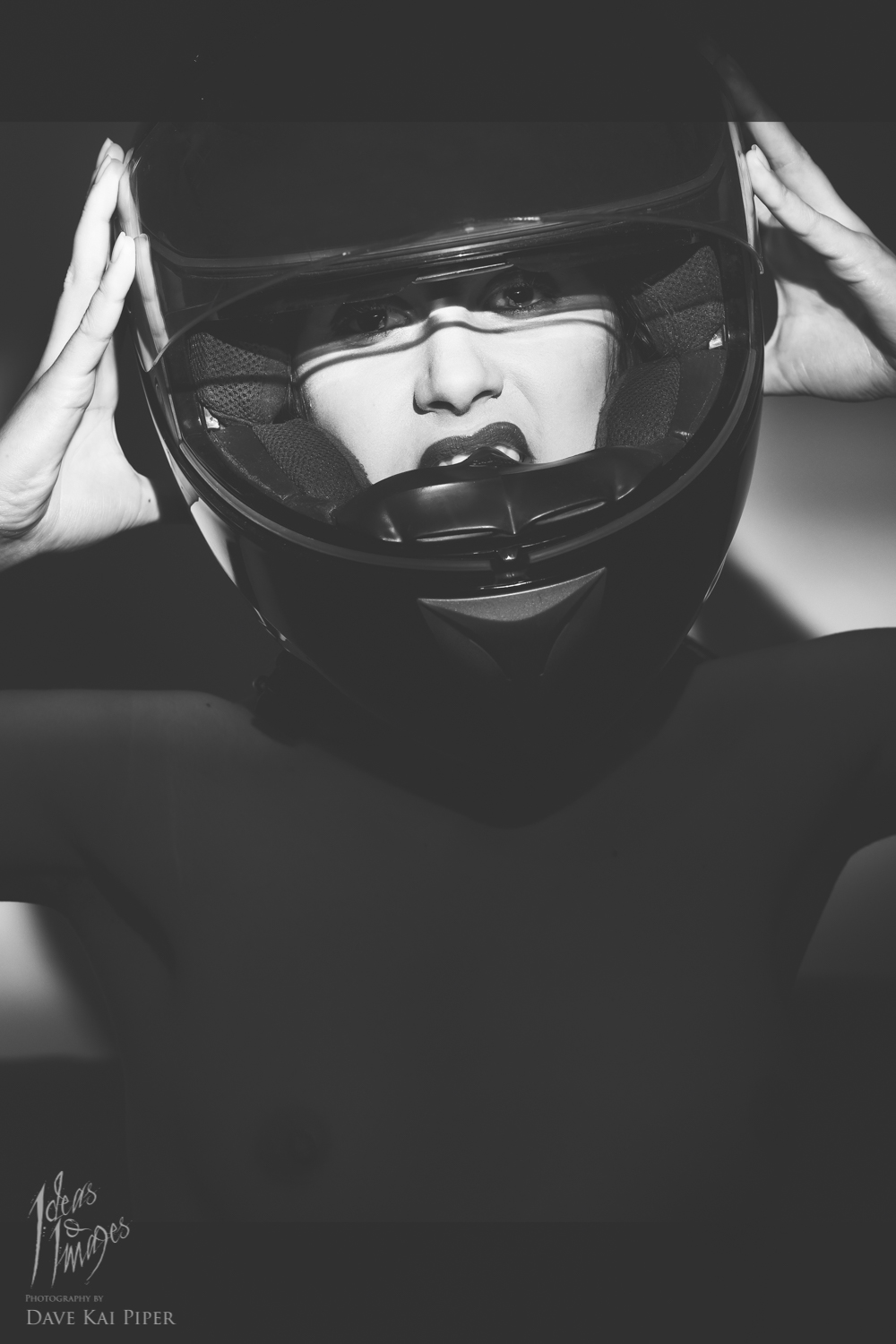

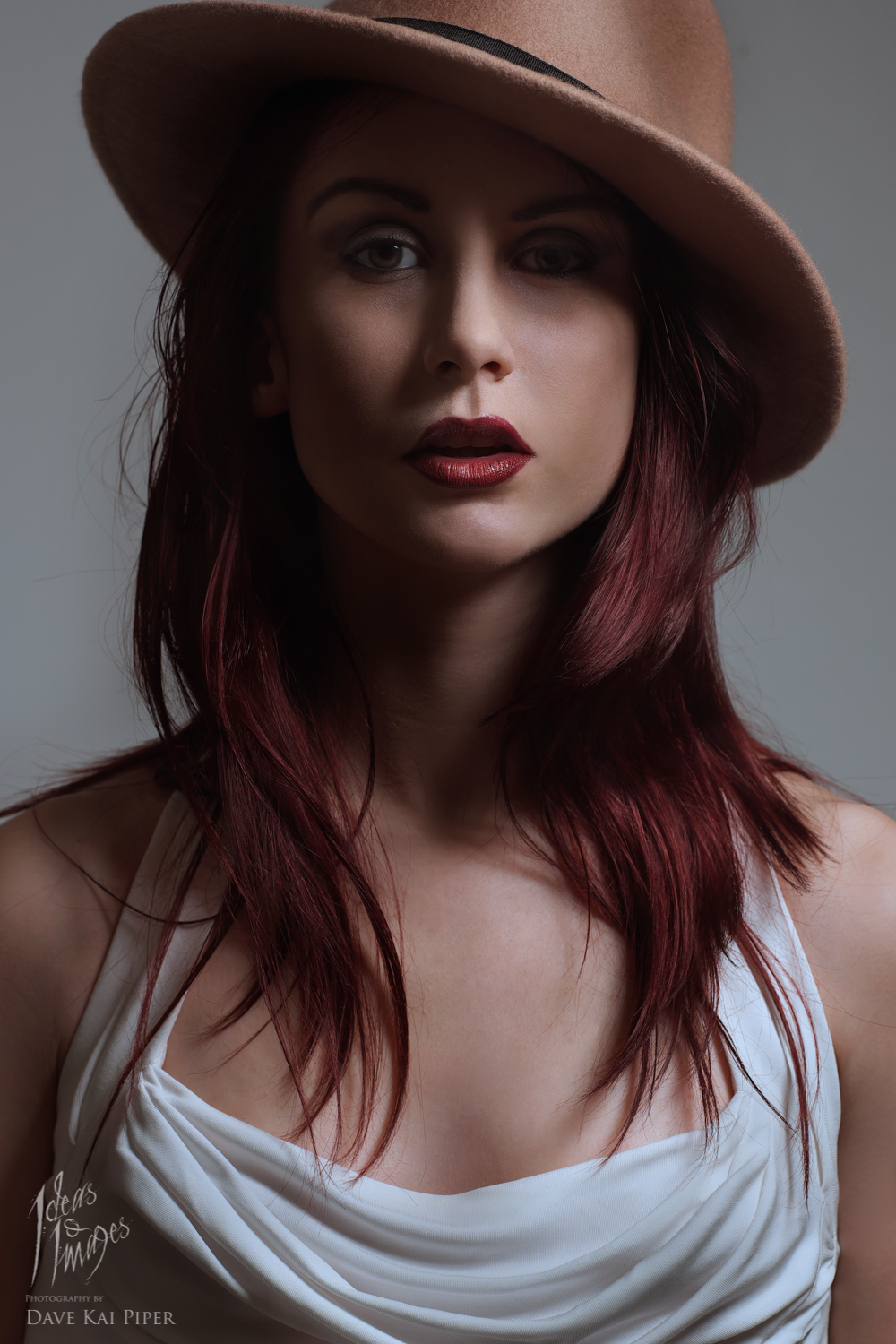
And now for Fujifilm’s Acros rendering. These images are straight out of the camera JPEGs.
My good buddy Matt Hart also has a blog about the launch of the new camera & do check out his blog here.
Kevin Mullins also has a blog and video about the new camera – you can find that link here.


